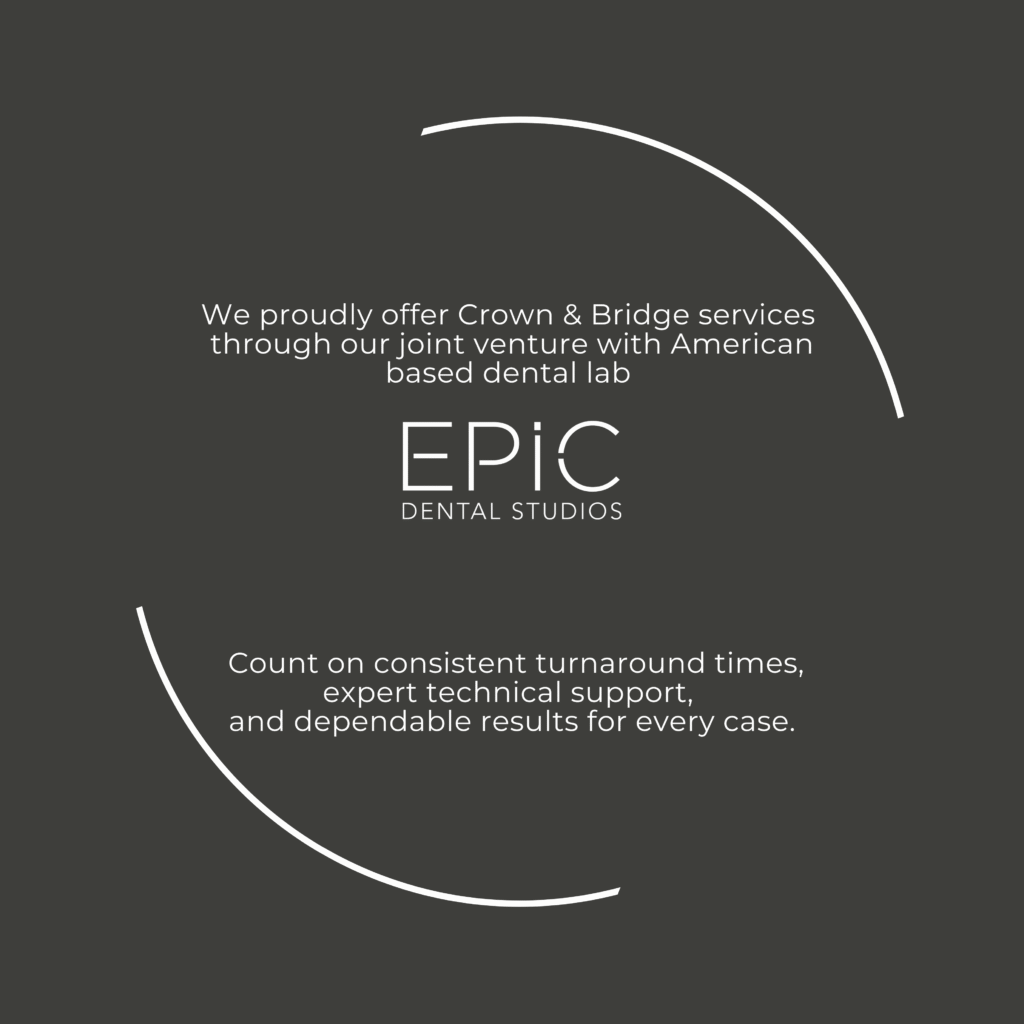Encore Zirconia
Uniting Strength with Artisan-Crafted Translucency for Unmatched Aesthetics

Explore Encore Zirconia
Turnaround Time
3 Weeks
Pricing
Log-in for pricing Includes Shipping
Materials Available
Monolithic zirconia
Strength. Precision. Reliability.
Encore Layered Zirconia represents the pinnacle of sophistication, delivering restorations that seamlessly blend strength and artistry. Designed for clinicians who demand indiscernible aesthetics, each crown features a zirconia core for durability paired with expertly hand-layered porcelain for lifelike translucency and detail. The result is a natural restoration that harmonizes perfectly with surrounding teeth, elevating patient satisfaction and clinical outcomes.
Specifications
Indications: Indicated for anterior or posterior crowns, bridges up to 16 units, veneers, inlays and onlays, screw-retained crowns and bridges, and implant prostheses.
Composition: Monolithic zirconia
Strength: > 1000 MPa of flexural strength
Crystal Structure: Tetragonal Zirconia (Gradient 3Y, 5Y, 7Y)
Available Colors: Most shades are available from the industry’s most popular shade guides.
Cementation of monolithic zirconia crowns:
1. Try in the restorations, adjust the contacts, and if needed occlusion, polish with the appropriate zirconia polishers.
2. Then, either micro etch the internal surface with 30 microns of alumina oxide or clean the internal surface with a surface treatment of Ivoclean (IvoclarVivadent) or Zirclean (Bisco).
3. Rinse and dry, then coat the internal surface with an MDP containing a zirconia primer like Z-Prime (Bisco). This primer supports the chemical adhesion of cements to zirconia restorations. Many clinicians apply the zirconia primer separately.
4. Then, the material is expressed into the individual crowns and seated.
5. A quick 5-second cure with the LED curing light helps set the material expressed on the crown margins. Then, let it set for 3 minutes to auto-cure.
6. RelyX Luting Plus makes removing excess cement relatively easy, while proper flossing and rinsing to remove any cement remnants is recommended. Utilizing the same sequence of steps ensures long-lasting restorations that provide years of use with little to no post-operative sensitivity for the patient.



